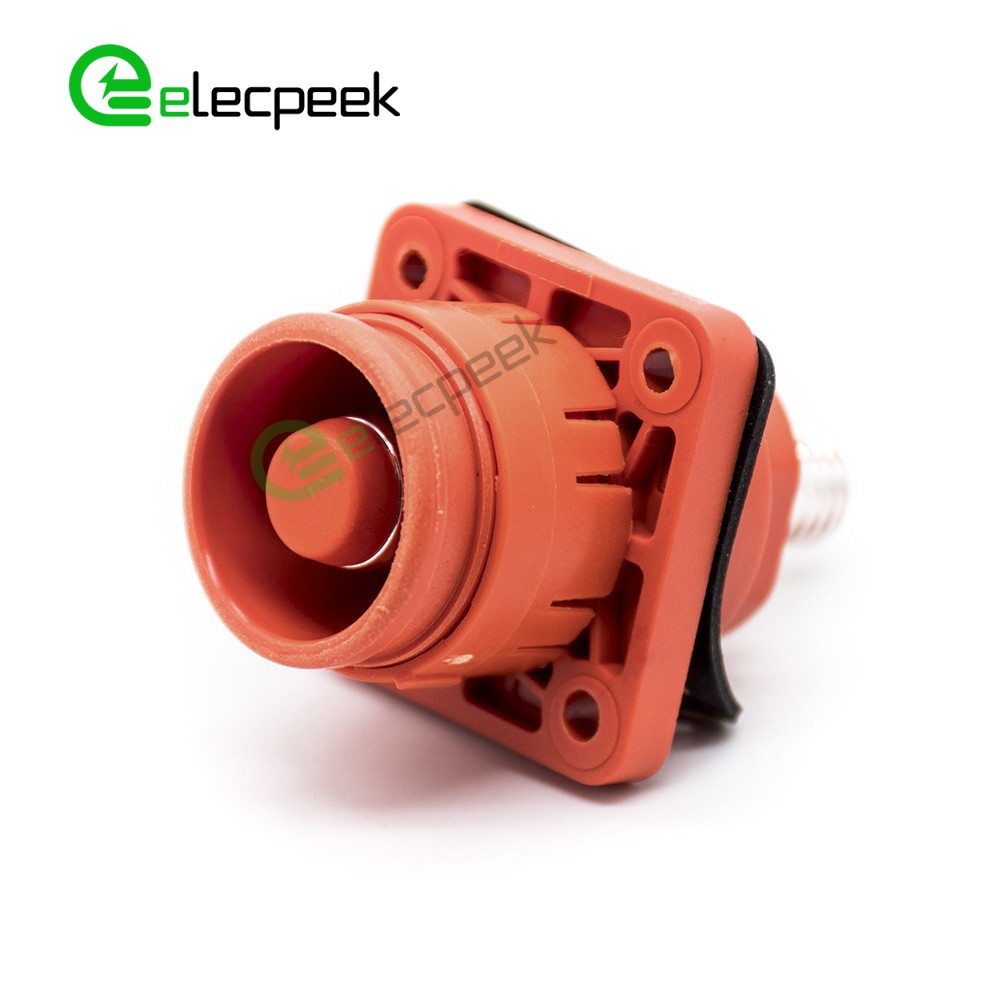As the world moves towards a more sustainable future, the demand for renewable energy sources such as wind, solar, and hydro power is increasing rapidly. However, renewable energy sources are known for their intermittency, which means that the energy they produce is not always available when needed. This is where energy storage comes in, allowing excess energy to be stored and used when required. And at the heart of energy storage systems are energy storage connectors.
Energy storage connectors play a crucial role in the efficiency and reliability of energy storage systems. They connect the energy storage units to the electrical grid, enabling the flow of energy between the two. As such, these connectors must be designed to handle high voltages and currents, while also being resistant to heat, corrosion, and other environmental factors.

One of the key benefits of energy storage connectors is that they allow for modularity and scalability in energy storage systems. With the ability to connect and disconnect storage units easily, energy storage systems can be expanded or reduced as required. This makes them an attractive option for a wide range of applications, from residential and commercial energy storage to utility-scale energy storage systems.
The global energy storage market is expected to grow rapidly over the next few years, driven by factors such as increasing renewable energy adoption, government incentives, and declining battery costs. According to a report by MarketsandMarkets, the global energy storage market is expected to reach $112.1 billion by 2027, growing at a CAGR of 24.2% from 2020 to 2027. This growth presents a significant opportunity for energy storage connector manufacturers.
One of the main challenges facing energy storage connectors is ensuring compatibility between different energy storage units and the electrical grid. This requires the use of standardized connectors and cables to ensure interoperability between different systems. The industry has responded to this challenge by developing a range of standardized connectors, including the International Electrotechnical Commission's (IEC) 62196-2 Type 2 connector and the Society of Automotive Engineers' (SAE) J1772 connector.
In addition to standardization, the development of new materials and technologies is also driving innovation in energy storage connectors. For example, advances in nanotechnology are enabling the development of more efficient and durable connectors. Similarly, the use of additive manufacturing techniques such as 3D printing is allowing for the creation of complex geometries that were previously impossible to manufacture.
As the world continues to transition towards a more sustainable energy future, energy storage connectors will play a critical role in enabling the widespread adoption of renewable energy sources. By providing a reliable and efficient means of connecting energy storage systems to the electrical grid, these connectors will help to power a cleaner, greener future.



